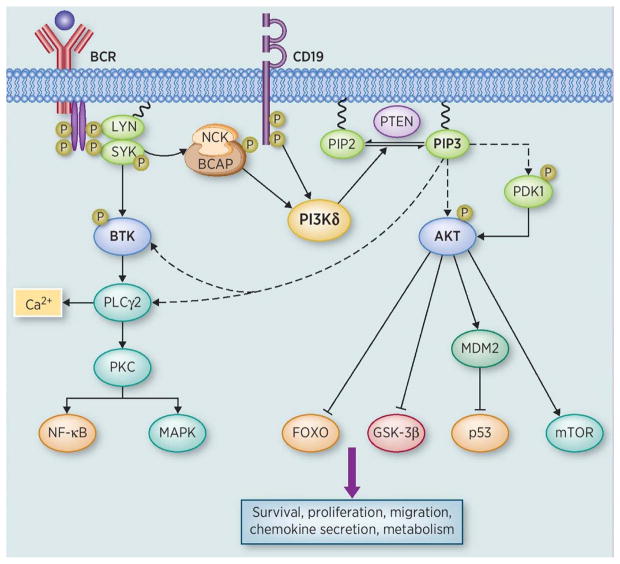Figure 1. BCR pathway and the role of PI3K.
Antigen binding activates the BCR pathway through recruitment and activation of Lyn/Syk, which phosphorylates tyrosine residues on CD19, Nck and BCAP. PI3K regulatory subunit is recruited to the cell membrane by docking to BCAP and CD19 leading to the activation of p110δ. Activated PI3K phosphorylates PIP2 into PIP3. PIP3 recruits and activates PH domain containing signaling molecules including AKT and PDK1. AKT activates various downstream effectors such as MDM2 and mTOR, whereas it inhibits the functions of FOXO and GSK-3β upon phosphorylation. Activation of the BCR pathway also leads to BTK and MAPK pathways activation. BTK initiates a transduction cascade leading to the activation of PLCγ2, intracellular calcium release, PKC activation and initiation of NF-κB transcriptional program. This process is facilitated through interaction with PIP3 at PH domain to recruit BTK and PLCγ2 to the cell membrane. P on various molecules indicates that they are phosphorylated. Solid arrows indicates recruitment and/or activation, dotted arrows indicate interaction through PH domain, and inhibitory signs indicates inhibition.

